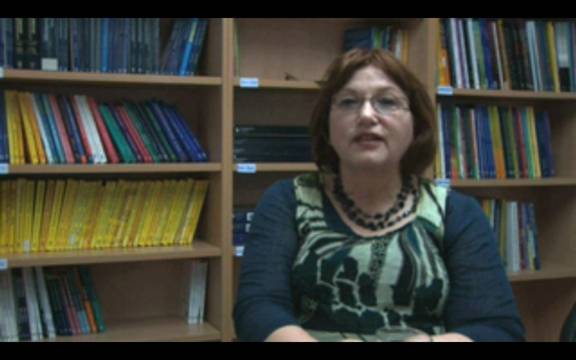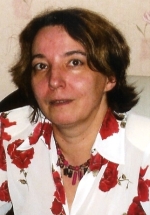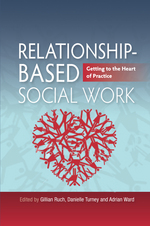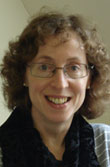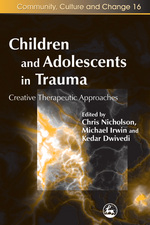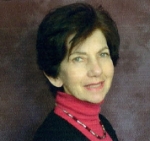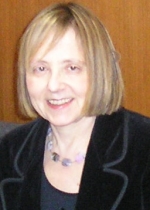Interview with Allyson Davys & Liz Beddoe on why Supervision matters in the Helping Professions
“Poor supervision can create collusion, indifference or add to the stress in the workforce. Practitioners may leave or burn out and leave…A resilient and healthy workforce is well worth the investment in training supervisors.

